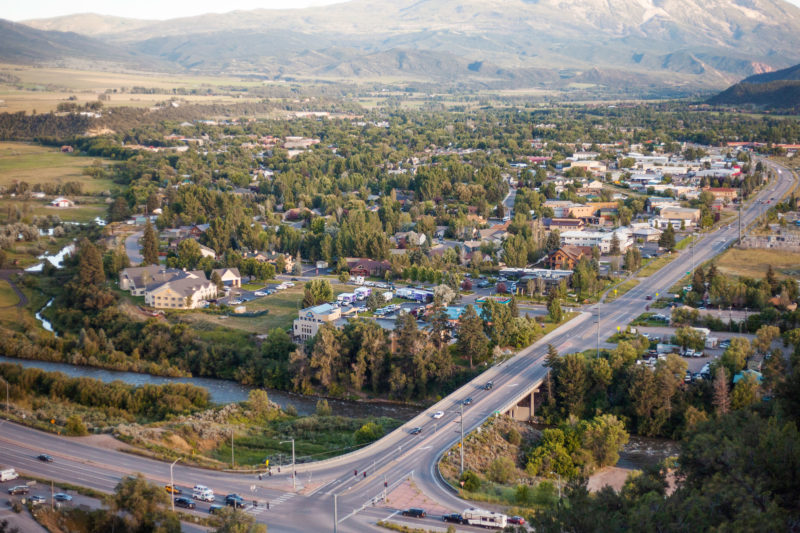Recently, I relocated to the GRF region—one of the most affluent, rapidly growing localities in Colorado—consisting of Aspen, Snowmass, Basalt, Carbondale, Glenwood Springs, New Castle, Gypsum, and Eagle. Like many other regions across the country, housing costs have outpaced local incomes—affecting everyone looking to build or live here.
Furthermore, the market in the GRF region is based around a very high cost of living due to the large number of homes built for many of the the world’s wealthiest residents. Another factor is the widely-acclaimed winter ski resort, Aspen Snowmass, which has a major impact on tourism, hospitality, retail, and real estate, making it not only expensive for those who want to live in the area—but also for the developers looking to build. As a result, high costs of construction have made it difficult and less attractive for developers to build the affordable units necessary for families and workers.

Acknowledging this challenge, the Aspen-Pitkin County Housing Authority, Garfield County, Eagle County, Basalt, Town of Carbondale and City of Glenwood Springs recently led a housing needs analysis study that encompasses unaffordable housing prices, inventory shortages, and an ever-expanding commute for workers.
Mirroring the nationwide trend, the study found that the most expensive towns in the region, Aspen and Snowmass, will continue to generate jobs at a greater rate than affordable housing. In 2001, the demand for 2,500 affordable housing units had not only been unmet, but continued to increase to about 3,000 units in 2017. Now, it is predicted that the unmet demand for affordable housing will grow between 3,000 and 3,400 units by 2027. That’s why families are increasingly challenged to secure a foothold in the GRF region.
Without enough affordable housing options, lower-income families have to stretch their budgets to find housing in the middle-income category. This leads to fewer options for middle-income families who, in turn, have to stretch their budgets to secure housing that might otherwise go to even wealthier families. This isn’t just the case for the GRF region, it’s a growing problem across the country.
Overall, nearly everyone is affected when anyone is denied decent, affordable places to live.
Designing our Communities with Equity in Mind
The ideal of “justice for all” means that everyone should have an equal opportunity to make the most of their potential—no matter who they are or where they live. If we design our communities with equity in mind, we can evaluate and correct our systems and markets so that they deliver equally well for all of us.
We have the power to design our neighborhoods so that all homes are connected to parks, grocery stores, and bike paths—making communities healthier and more accessible for everyone. We have the ability to make housing affordability initiatives a priority in our local, state, and federal housing budgets. But, to make this happen, we need local leaders, governments, downtown development authorities, businesses, nonprofits and the community as a whole, to work together to systematically create affordable housing options for everyone.
At the end of the day, the “system” is us, and it’s our actions that change it. If we can reshape our mindsets, change local policies, and advance our dialogue, we can turn the problem of unaffordable housing into an opportunity to create livable neighborhoods for all.
Equity
|
Housing

